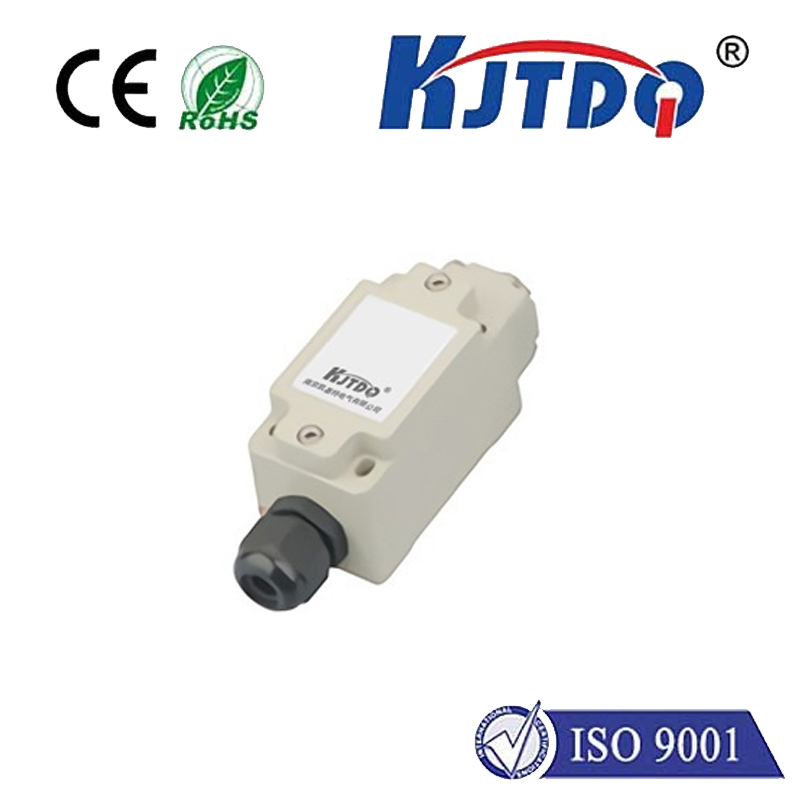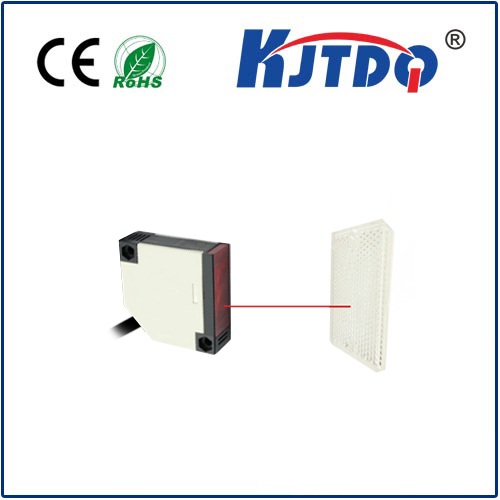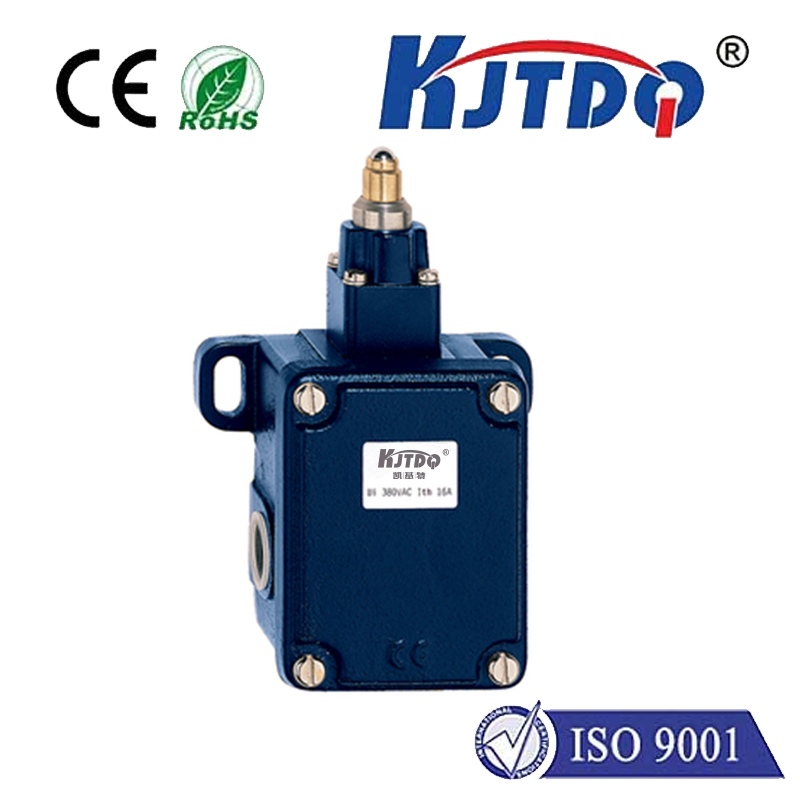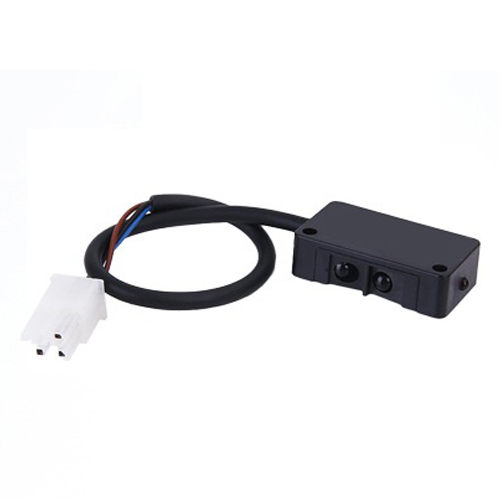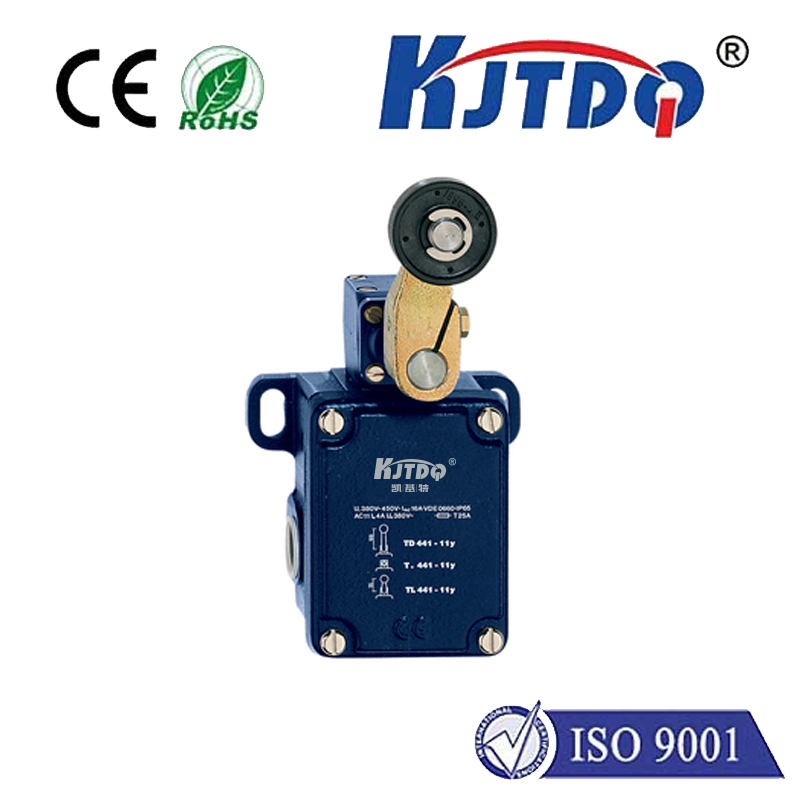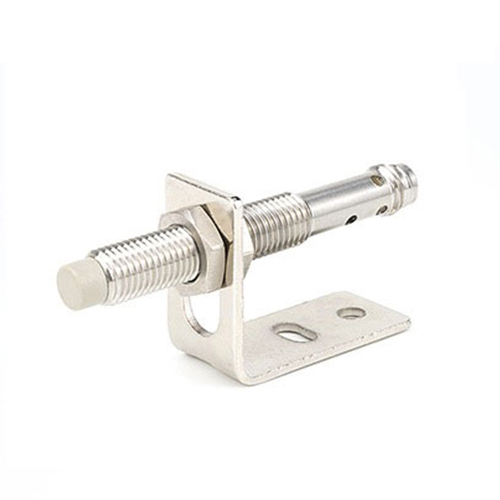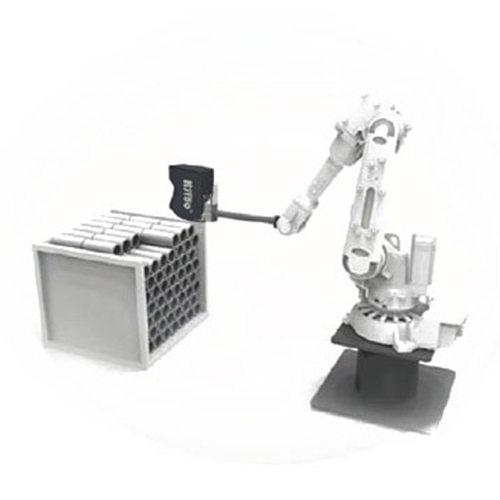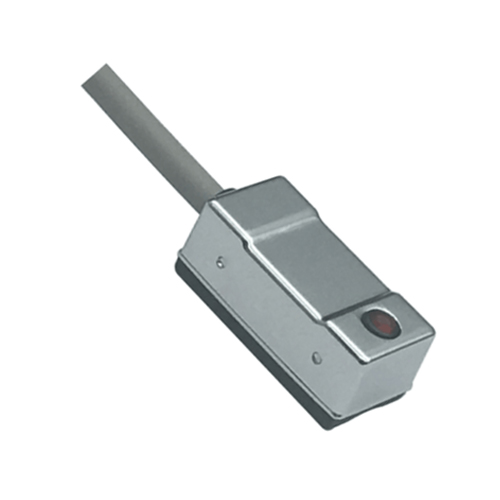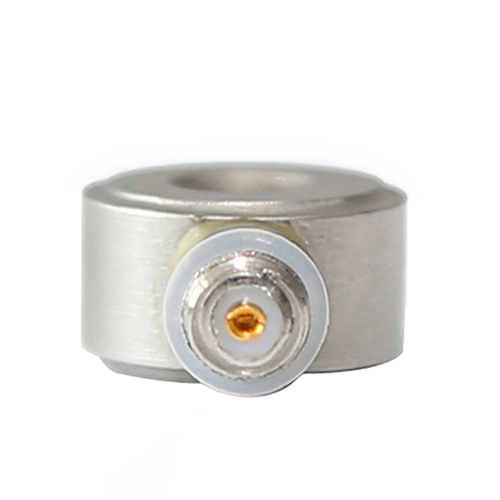tft sensor
- time:2025-08-25 00:05:35
- Нажмите:0
Touch Meets Display: The Essential Role of TFT Sensors in Modern Tech
That effortless swipe on your phone, the precise tap on a sleek ATM, the interactive kiosk guiding you in a museum – these everyday moments of seamless interaction are powered by an unseen hero: the TFT sensor. This technology sits at the heart of countless modern interfaces, transforming displays from passive viewers into active, responsive portals. Understanding its function reveals the elegance behind our digital touchpoints.
Beyond the Glare: What Exactly is a TFT Sensor?
To grasp the TFT sensor, we must first appreciate its foundation: the Thin-Film Transistor (TFT). Primarily known for driving pixels in LCD displays (your phone, monitor, TV), TFT technology involves depositing thin layers of semiconductor material onto a glass substrate to create tiny transistors. Each pixel has its own transistor switch, enabling precise control over brightness and color – the hallmark of sharp, vibrant screens.
А.TFT sensor, specifically in the context we encounter daily, refers to the integration of touch-sensing capabilities directly with the TFT display layer. It’s not a single component, but rather a sophisticated fusion where the display stack incorporates layers designed to detect and locate touch input. Essentially, the display itself becomes the sensor.

The Magic of Touch: How TFT Sensors Work
The most prevalent and advanced form of touchscreen technology leveraging TFTs is the projected capacitive touch (PCT or PCAP) sensor. Here’s the ingenious principle:
- The Invisible Grid: Transparent electrode layers, typically made of materials like Indium Tin Oxide (ITO) or fine metal mesh, are patterned onto separate sheets within the display stack. These layers form a grid of rows and columns, creating a matrix of tiny capacitors at their intersections.
- The Charge Field: A constant electrical charge radiates across this grid.
- Disturbance Detection: The human finger (a conductor) alters the electrostatic field when it nears or touches the screen. This disturbs the capacitance at specific points in the grid.
- Pinpoint Accuracy: Sophisticated touchscreen controllers, constantly monitoring the entire grid, detect these minute capacitance changes. By identifying which row and column intersections register a change (and by how much), the controller calculates the exact X and Y coordinates of the touch point with remarkable precision.
- Multi-Touch Mastery: Modern TFT sensor controllers are incredibly fast, scanning the grid hundreds of times per second. This allows them to track multiple touch points simultaneously, enabling gestures like pinch-to-zoom, two-finger rotation, and complex gaming controls.
Why TFT Sensors Dominate: Advantages Galore
Their integration with TFT display technology gives these sensors significant advantages over older touch methods:
- Superior Clarity & Brightness: With transparent electrodes placed beneath the display surface (often laminated directly to the LCD cell), they offer excellent optical clarity and brightness, unlike resistive touchscreens which have air gaps.
- Unmatched Durability: The solid glass surface is highly resistant to scratches and everyday wear and tear. Scratches on the top surface generally don’t impact touch functionality.
- Multi-Touch Brilliance: Native support for complex multi-touch gestures is a fundamental capability of projected capacitive TFT sensors.
- Responsiveness: Touch registration is near-instantaneous and very smooth, providing a fluid user experience.
- Environmental Resilience: They work effectively with light touches (even gloved fingers with special materials) and are generally unaffected by surface dust or moisture.
- Scalability: TFT sensor technology scales effectively from tiny smartwatch screens to large-format interactive displays.
TFT Sensors in Action: Where You Find Them
The applications for capacitive TFT sensors are virtually ubiquitous:
- Smartphones & Tablets: The quintessential application, enabling intuitive navigation, typing, and gaming.
- Laptops & Convertibles: Modern touchscreen laptops and 2-in-1 devices rely heavily on integrated TFT sensors.
- Automotive Displays: Infotainment systems, climate controls, and digital dashboards increasingly feature responsive TFT touchscreens.
- Point-of-Sale (POS) Systems: ATMs, self-checkout kiosks, and order terminals use durable TFT touchscreens.
- Industrial Control Panels: HMI interfaces in factories and machinery utilize ruggedized TFT touchscreens for reliable operation.
- Consumer Electronics: Smart home controls, gaming consoles, and portable devices leverage their responsiveness.
- Medical Devices: Diagnostic equipment and patient monitoring systems benefit from easy-to-clean, responsive touch interfaces.
The Evolution Continues: Innovation in TFT Sensing
Touchscreen technology is constantly advancing. TFT sensors are evolving too:
- Thinner & Lighter: Ongoing development focuses on reducing the number of layers and overall thickness.
- Improved Bendability: Essential for curved displays and foldable devices.
- Edge-to-Edge Sensing: Minimizing bezels and enabling new form factors.
- Force Sensing (Pressure Sensitivity): Some advanced TFT sensors can detect varying levels of pressure.
- Water Tolerance: Enhanced performance even with water on the screen surface.
- Integrated Solutions: Tighter coupling between display drivers and touch controllers for lower power consumption and faster response.
The TFT sensor is the unassuming yet critical bridge transforming passive displays into dynamic interfaces. Its ability to detect touch with precision, durability, and support for complex gestures underpins our intuitive interaction with the digital world. By seamlessly integrating touchscreen technology directly into the display stack, this technology delivers the clarity, responsiveness, and robustness we demand from our modern devices. As innovations continue to push boundaries, the TFT sensor will undoubtedly remain central to the evolution of human-machine interfaces, making the ‘touch’ in touchscreen ever more natural and powerful.

